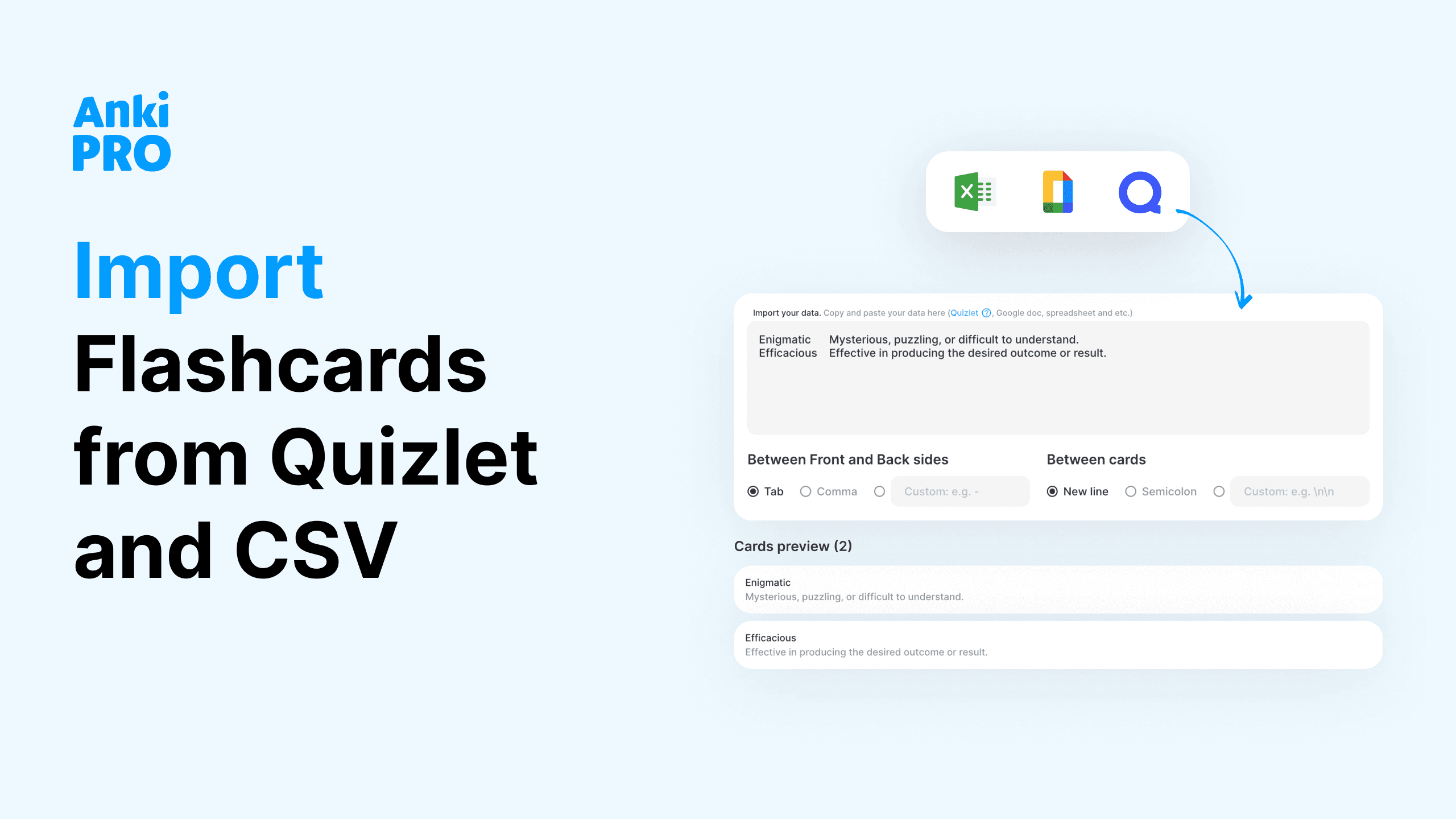Think learning is just about sitting and absorbing? My teaching experience in South Korea taught me otherwise! From the art ofnote-taking to developing concept maps and curating the ideal study schedule, I’ll guide you through the latest, innovative learning styles favored by forward-thinking educators. Together we’ll debunk a few myths and take ownership of your own, unique learning style.
Know Thyself
There is some truth to the old cliche about getting to know yourself better, and I’m of the idea that until you familiarize yourself with your patterns and individual learning styles, even the best learning methods may just end up frustrating you.
As a society, we accept and agree that not all students learn the same way; that’s why there are so many opinions regarding education. Before we get to our learning styles, let’s start with some self-reflection. Ask yourself the following questions:
- What time of the day do you feel most alert?
- Do you wake up ready to tackle long periods of focus, or do you need some time to warm up with tea or coffee before diving into serious brainwork?
- Or are you the kind of person who waits until everyone’s asleep before cramming in some study time?
- What do you need to stay motivated and perform your best?
- Do you thrive in a busy coffee shop where everyone works intently on their computers or is people-watching distracting?
- Do you need a quiet or noisy environment?
- How easy is it for you to maintain your focus?
Next, jot down anything else you notice about your ideal study conditions and habits. Set some mini goals, and try not to be too judgemental of what you haven’t accomplished yet!
Pro Tip
Get honest about yourself and envision your ideal study environment!
Four Learning Styles?
A traditional method of categorizing students is through the identification of four types of learners: visual, auditory, reading-writing, and kinesthetic or tactile learners.
Visual learners absorb information best through visual aids and prefer to draw pictures. Auditory learners learn by listening. Reading-writing learners find success through reading texts and written assignments. Kinesthetic learners thrive through experiential learning, group activities, and learning games. Well, you got the idea.
More Learning Styles!
However, this method of reducing all possible learning strategies into just four different learning styles is somewhat outdated and overly simplistic. Every individual’s learning style is unique and often encompasses a blend of these categories. Modern educational approaches advocate for more learning styles, as well as a more nuanced and personalized strategy.
It’s important to acknowledge that an effective learning style is not a one-size-fits-all process but rather should cater to the individual intricacies and preferences of each student. There are many more different learning styles, as well as types of learners.
Ditch the long study periods
Most experts now agree that the old ways of studying are over. Prolonged study sessions can lead to diminished retention and, ultimately, burnout.
The Spaced Repetition Technique
Instead of cramming, research states that spaced repetition is more effective for retaining new information than sitting through one continuous study session.
Spaced repetition is a specific learning style that involves reviewing information at increasing intervals over time, the main goal being to optimize the process of memorization and long-term retention.
- Determine the concepts you want to reinforce.
- Break down the material into bite-sized chunks using written notes.
- Begin learning the material for a minimum amount of time through active studying.
- Take a break and then review the materials immediately after.
- Continue these review sessions a few times each day, increasing your study time with each session. Or simply use a spaced repetition app.
This learning style aims to present information for review just before you’re likely to forget it, reinforcing knowledge and increasing retention.
Pro Tip
Apps like Anki Pro help you schedule quick study sessions throughout the day using smart algorythms.
The Pomodoro Technique
Another learning style most academic coaches vouch for is the Pomodoro technique, which boosts focus by incorporating multiple study sessions coupled with intermittent breaks.
Start by setting a timer for 25 minutes and working on one task. At the end of the 25 minutes, give yourself a five-minute break. Repeat these study cycles three or four times, then give yourself a longer half-hour break.
This technique is one of the ultimate learning styles to manage distractions and improve your time management! By adding frequent breaks, you’re giving your brain a much-needed breather, boosting your long-term retention.
Interleaved Practice
If you’re someone who’s taking a semester load of classes, consider interleaved practice. This kind of distributed practice involves alternating between different topics or types of problems during a single study session.
Unlike most learning styles, where individuals focus on one specific topic or skill at a time, interleaved practice mixes various concepts, allowing learners to develop the ability to engage in active problem-solving and retrieval.
This method does take a bit of planning on your part, so schedule which subjects you will study and in what order!
Get Creative!
From practice tests to drawing diagrams, there’s not one cookie-cutter way to study. Peruse the following types of learning styles and get creative with how you study.
The Retrieval Method – a self-testing strategy
This next learning style reduces forgetting while maintaining and strengthening memory traces, thereby increasing long-term retention. The retrieval practice method is a powerful tool based on the idea that actively bringing information to mind strengthens memory traces, making it easier to recall the information in the future.
Review complex concepts by writing down definitions or main ideas from memory. Compare your written recall with the actual information from your class notes. You can also make flashcards and quiz yourself at the end of a study period.
The Feynman Technique
If you’re able to explain abstract concepts in your own words, you most likely understand the material well!
Start by choosing a concept you are trying to grapple with, and write it out as if you were teaching someone who has never heard of it before, explaining any complex terms as simply as possible.
This method is so effective because it requires active engagement and forces you to bridge any gaps in your understanding of a topic! Maybe that’s why teachers seem so smart:)
Visualize the Information
Visual learning style is one of the best methods to tailor your studying specifically to how you think and process information. Especially if you’re a visual learner! Visual learning drastically complements other learning styles and enhances overall comprehension and retention.
In fact, the brain retains information from images more effectively than abstract concepts or text, so a great place to start would be to take your notes and turn them into a creative project.
Use your imagination when creating these visual cues, and keep them handy when studying so you can recall information quickly! An added perk of this method is that drawing helps to relieve stress, and emotional factors might play a huge role in your studying process. Get confident, visual learners!
Ways to start:
- Draw diagrams or sketches, enhancing your engagement.
- Visualize new words or even abstract ideas and draw an image to accompany them.
- Recreate scenes from a story or role-play historical events.
Mnemonic Devices
Using mnemonics is another great way to help your learning style thrive. When taking notes, it’s impossible to retain all that information, so by incorporating mnemonics like acronyms, rhymes, and chunking of information, you can make the learning process more conducive.
This method is especially helpful if the information is a list or a series of facts. Mnemonics can be applied to a more wide range of subjects, from language learning to science and history.
Learning by Teaching
You definitely don’t have to go all the way to South Korea to be able to teach. You can reinforce your knowledge of any subject by either teaching somebody in your class one-on-one or creating a study group discussion where each person is assigned a problem to ‘teach’ to the others.
If you don’t have time for in-person meetings, you can search for education forums with other social learners and help answer topic-related questions. There are diverse ways if you’re paying attention to opportunities. If you already have a lot of knowledge in a certain subject, figure out how you can work at your school to tutor students in that material. Not only is that a great way to earn extra cash, but you’ll also have a deeper understanding and new perspective of the material.
As an example, teaching Spanish not only deepened my understanding of why the language is challenging for non-native speakers but also provided me with valuable insights that significantly influenced my journey with my native tongue. Real-life examples matter when it comes to becoming better teachers.
Pro Tip
Most likely, the tests you are going to take have already been made! Find practice tests from prior years or college classes at different schools by searching online and asking classmates or even professors. You’ll be surprised at how similar tests can be across different universities!
It Takes a Village
The success of the students I taught in South Korea was due mainly to the fact that many people were involved in these kids’ learning, not only teachers. Some of them, being from other Asian countries, were equipped with a team of educators, host families, and even peers on similar journeys.
While we may not all have the financial means to have a dedicated study team, you can create a similar environment by telling your close friends or family about your specific study goals and schedule and vocalizing any ways in which they could contribute to your success, like quizzing you or cheering you on when you reach mini milestones. In the same way, it’s easier to hold yourself accountable for your actions if you let others know of your plans.
Pro Tip
Can’t find an in-person study group? Join a virtual study session on StudyStream, where you can study simultaneously with others, promoting effective studying and minimizing distractions.
Keep Evolving
For me, the joy of teaching abroad in a country like South Korea has always been adapting to better learning styles and teaching methods.
As I shifted my perspective to understanding all the possible learning styles and types of learners, I evolved into a better teacher and student.
By fine-tuning our study strategies, developing effective habits, and cultivating strategic time management, we can start seeing direct results from our own learning styles. Many factors play a role here.
I invite you to reflect… How many of these tips and methods can you start incorporating today into your own, unique learning style?











